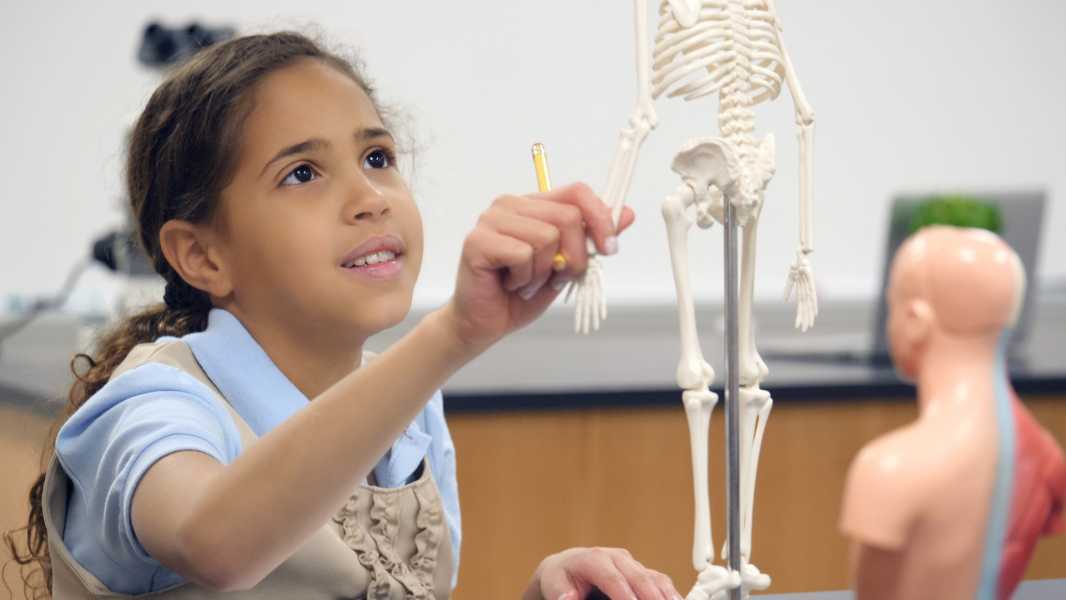
Parents can create an environment that is conducive to children's learning. (Image credit: MoMo Productions via Getty Images)
One day they’re just stumbling, and the next they’re racing down the hallways. Or their babble suddenly turns into full sentences, seemingly overnight. Children certainly develop new skills quickly, while learning how to effectively adapt to a world that is unfamiliar and new to them. Adults, by contrast, can take many years to master a new language or grasp certain math concepts — if they do so at all.
So why do children learn so quickly? Is it just a matter of necessity, or are children's brains more receptive to new information than adults?
“There’s a common misconception that ‘children are sponges’ and have an amazing ability to learn new skills faster than adults, but there are some misconceptions here,” Debbie Ravenscroft, a senior lecturer in early childhood at the University of Chester in the U.K., told Live Science. “Children’s cognitive development varies with age, and naturally children perform worse than their older peers in most areas. However, there are times when youth can provide an advantage, and these are in the earliest years.”
This advantage is largely due to neuroplasticity, which is the brain’s ability to form and transform its connections, pathways, and wiring based on its experiences. Neuroplasticity is what allows children to quickly learn—and, if necessary, unlearn—habits, routines, approaches, and actions. This ability is most pronounced before age five, when many of the things a child encounters or experiences are new.
“This [ability to learn quickly] depends on several factors, including plasticity, their experiences with adults, their environment, and their natural drive to explore,” Ravenscroft said. “Childhood is a period when children are trying to catch up with the more sophisticated abilities of adults.”
Language acquisition in particular is an area in which children often have a significant advantage over adults, Ravenscroft noted. This is largely because “infants are able to pick up on the rhythms and sounds used in their native language and can therefore become competent and fluent speakers of the language by age four.” This ability can help young children learn a second or third language with apparent ease, Ravenscroft added.

With the right learning materials, children can learn quite quickly.
In a research paper published in April 2022 in the journal Perspectives on Psychological Science, the authors suggest that “human infants are born perceiving linguistic information that is lost on older children and
Sourse: www.livescience.com





